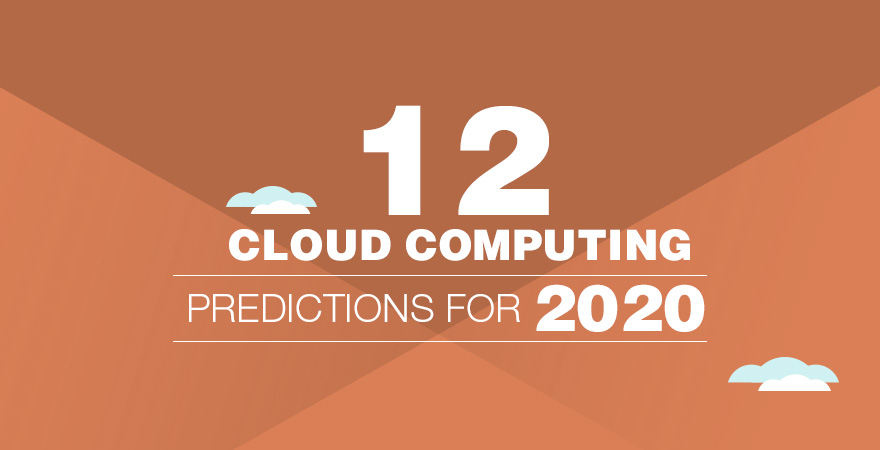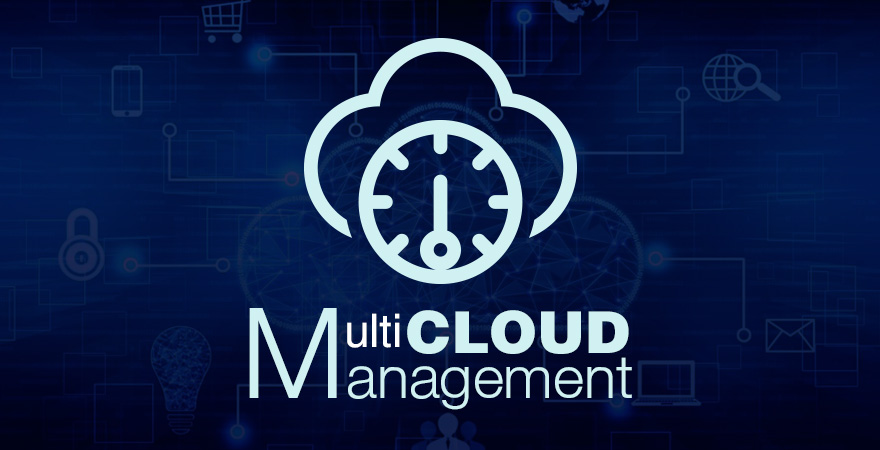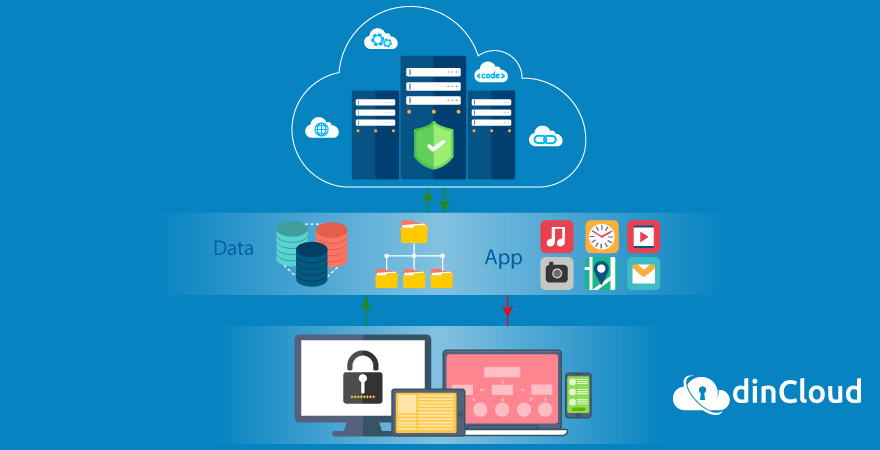The trend of Cloud Based Solutions has not looked back yet. On the other hand, we are seeing more businesses and entities adopting the cloud for its inherent versatility, flexibility and cost related benefits. In this post, we will jot down some of the major trends we are likely to witness in Cloud Computing over 2020.

Public Cloud Will Grow
As Public Cloud Providers improve their security and make their offerings more cost efficient, many businesses are shifting entirely to the public cloud. On premise solutions are being decommissioned in favor of public cloud solutions and this trend will gain momentum over the upcoming year.

One study estimates that by the year 2025, a whopping 80% of enterprises will shut down their in house data centers and shift the relevant workloads to the public cloud. This trend will greatly stimulate the already decent growth of the public cloud. Public Cloud Soaring To $331B By 2022 According To Gartner in one study.

Image Source: Credit Gartner
Disaster Recovery Will Remain a Priority
Although core enterprise workloads are likely to be shifted over the public cloud, the concerns surrounding a robust Disaster Recovery (DR) apparatus will remain in focus over the coming year as well. Despite many cloud providers offering DR solutions alongside their core services, organizations feel nervous.
Also Read: Why you need Cloud Business Continuity and Disaster Recovery
This is perhaps due to the well established principle of risk management which advocates not to put all eggs in one basket. Cloud tenants feel jittery when they place even DR in the hands of their Cloud Service Provider (CSP). We will see most entities keep investing in Disaster Recovery (DR) and Business Continuity (BC) initiatives.
Containerization Will See Growth
The trend of containerization has given a lease of new life to cloud based solutions. Containers club small productivity applications together in a well integrated and efficient way, even by sharing some of the common underlying resources.

We should see more containerization initiatives and further optimization of such existing solutions. This is one niche where smaller enterprise software companies feel at a strong competitive edge and a good means of maintaining relevance in the otherwise large vendor centric cloud solutions industry.
Also Read: Latest IT Trends In The Cloud
Hybrid Cloud Infrastructures Will Grow
Gone are the days when a single cloud service provider (CSP) could remain the go to destination for someone prospecting for a cloud solution. The priority of cloud tenants is prompt and efficient solutions, regardless of whether they come from their principal CSP or some third party vendor.

Also Read: Why Multi Cloud Computing Is Better Than Hybrid Cloud Computing?
More users of the cloud will drive large CSPs and smaller software solution providers to collaborate and deliver enterprise or productivity software over the cloud. Many times, this collaboration may culminate in the form of hybrid cloud infrastructures.
These hybrid cloud solutions may come in the form of storage being sourced from one solution provider, computing from another and data analysis from yet another service provider. The interconnecting fabric between these versatile solutions will be highly efficient and robust software.
Software Will Define Cloud Infrastructures
We are at a stage in cloud computing industry where the focus is drastically shifting from hardware defined solutions to software centric hybrid structures. The role of software will become much more elevated as it will not only connect varying cloud providers, but also work in tandem to deliver a seamless user experience.
Multi-Cloud Solutions Will Proliferate
The cloud industry is rapidly moving towards specialization and the trend is equally prevalent in both CSPs and software providers. Resultantly, we should see an increasing trend of cloud tenants move towards multi cloud infrastructures. A different vendor may be used for storage, compute and analytics.

Also Read: Why Multi Cloud Computing Is Better Than Hybrid Cloud Computing?
Cloud First Approach Will Reign
Previously, we saw organizations that moved to the cloud feel reluctant in transferring business critical or processing intensive workloads over the cloud. One factor fuelling this trend was a somewhat lack of confidence in the efficacy of CSPs to handle such critical workloads.
Even otherwise, CSPs also did not encourage this approach for lack of resources and market penetration as their top priority. As the cloud solutions market has matured well by now, CSPs are wooing cloud tenants to shift their heavy and business critical workloads over the cloud.
Also Read: Guide to Building a Flexible Cloud Strategy In 2020
In 2020, we should see a strong manifestation of the cloud first approach in which both business critical and heavy workloads will also migrate to the cloud. This will further reduce the need for on premise hardware and open new revenue streams for CSPs in the coming year.
Cloud Native Applications Will Thrive
As more organizations embrace the cloud, they want productivity and enterprise software to also reside over the cloud infrastructure. More enterprise solution providers will develop cloud enabled solutions that will seamlessly integrate with the cloud solution.
The future sustainability of many enterprise and software solution providers will hinge on developing cloud enabled solutions that are not only delivered over the cloud, but also have the capability to integrate with third party cloud based infrastructures.
Data Analysis Over the Cloud Will Grow
Most cloud solutions were centered on secure and cost effective data storage capability. Presently, this is proving inadequate in meeting the strategic goals of most cloud tenants. Realizing this emerging business need, we should witness more CSPs offering robust data analysis capabilities over their cloud infrastructures.
CSPs will not only have to incorporate data analysis in their cloud based offerings but also make this capability more affordable. When cloud tenants weigh the costs and benefits of cloud based data analysis, they would opt in favor of the cloud only if it proves cost effective by a decent margin.
Cloud as a Business Continuity Vehicle
One of the inherent strengths of a good cloud based solution is strong business continuity. Large CSPs have an elaborate network of well integrated data centers and if there are potential disruptions due to natural or man made crises, they still maintain a strong capability of ensuring business continuity.
The reliance of businesses and corporations on CSPs will also increase in the specific context of business continuity goals. Instead of establishing capital intensive stand alone business continuity (BC) sites, most cloud tenants will entrust their CSPs with BC role for obvious cost and administrative reasons.
Security as a Key Concern
As data storage, compute and analysis migrate fully to the cloud infrastructure, the security of cloud based solutions is likely to take center stage in the year 2020. Now, the stakes are getting too high for any major data breach as it is going to inflict irreparable damage to all the stakeholders involved.

Also Read: Cyber Security as a Catalyst for Organizational Growth In 2020
We should see more software companies develop all-encompassing cloud security solutions. To gain a vital competitive edge in the cloud market, we should witness some major acquisitions of cloud security providers by the major players in the cloud market.
Also Read: Security Benefits of Cloud Computing Solutions
Edge Computing Will Grow
It is a strongly growing trend in the IT industry where certain data is collected, processed and analyzed at a much localized level to achieve process efficiency and reduce the burden on the cloud infrastructure. Edge Computing should be seen as a service that complements the overall cloud solution.

The trend of edge computing should depict strong growth in 2020 and this will not only reduce resource consumption at the CSP level, but also optimize the overall cloud solution. This is another area where smaller players in the cloud market can really make a difference and gain competitive advantages.
Conclusion
The year 2020 is likely to be yet another good one for the cloud computing industry. The upcoming year should see a strong growth in hybrid and multi-cloud infrastructures. We should witness software solutions gain a pivotal role in managing the ever more complex and intricately woven cloud solutions.


